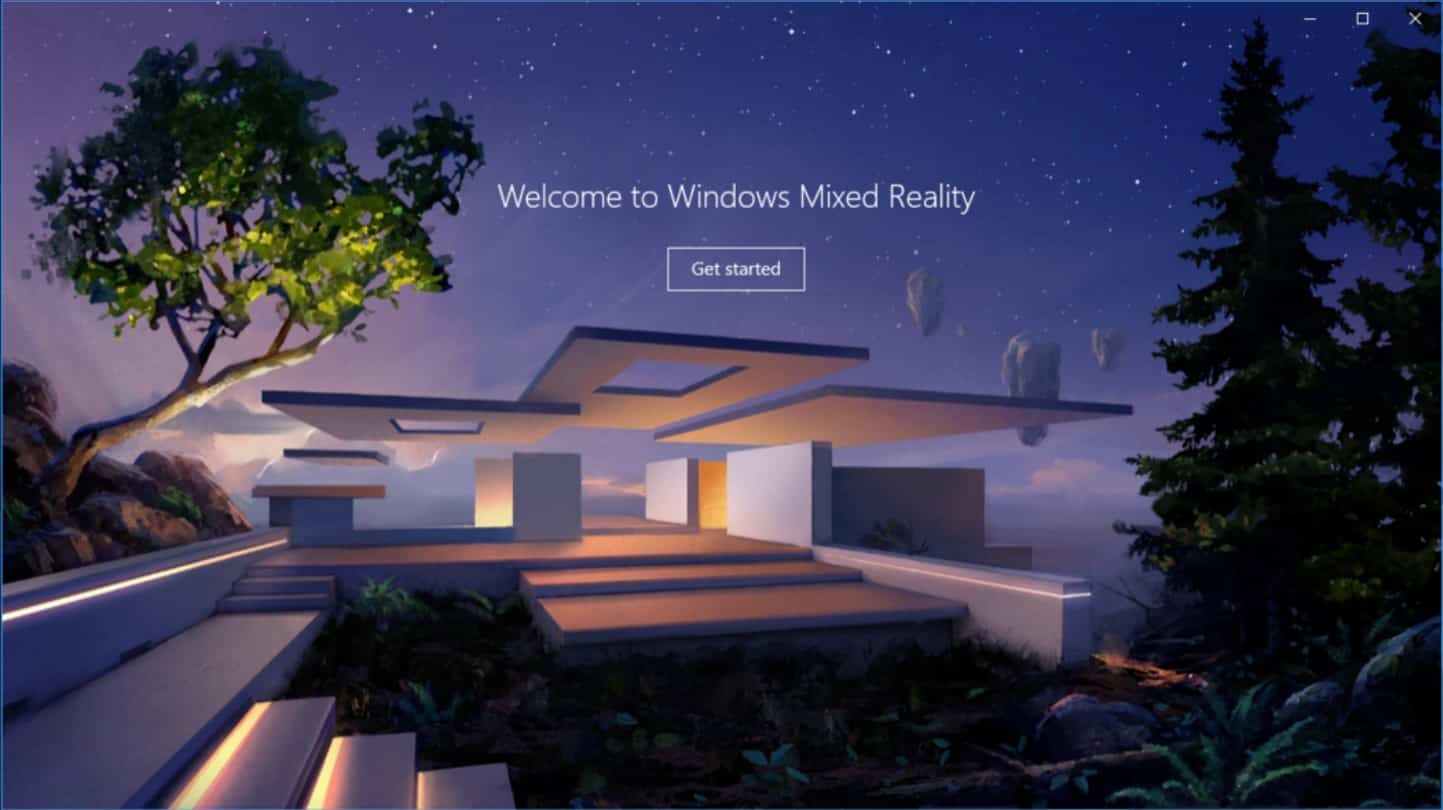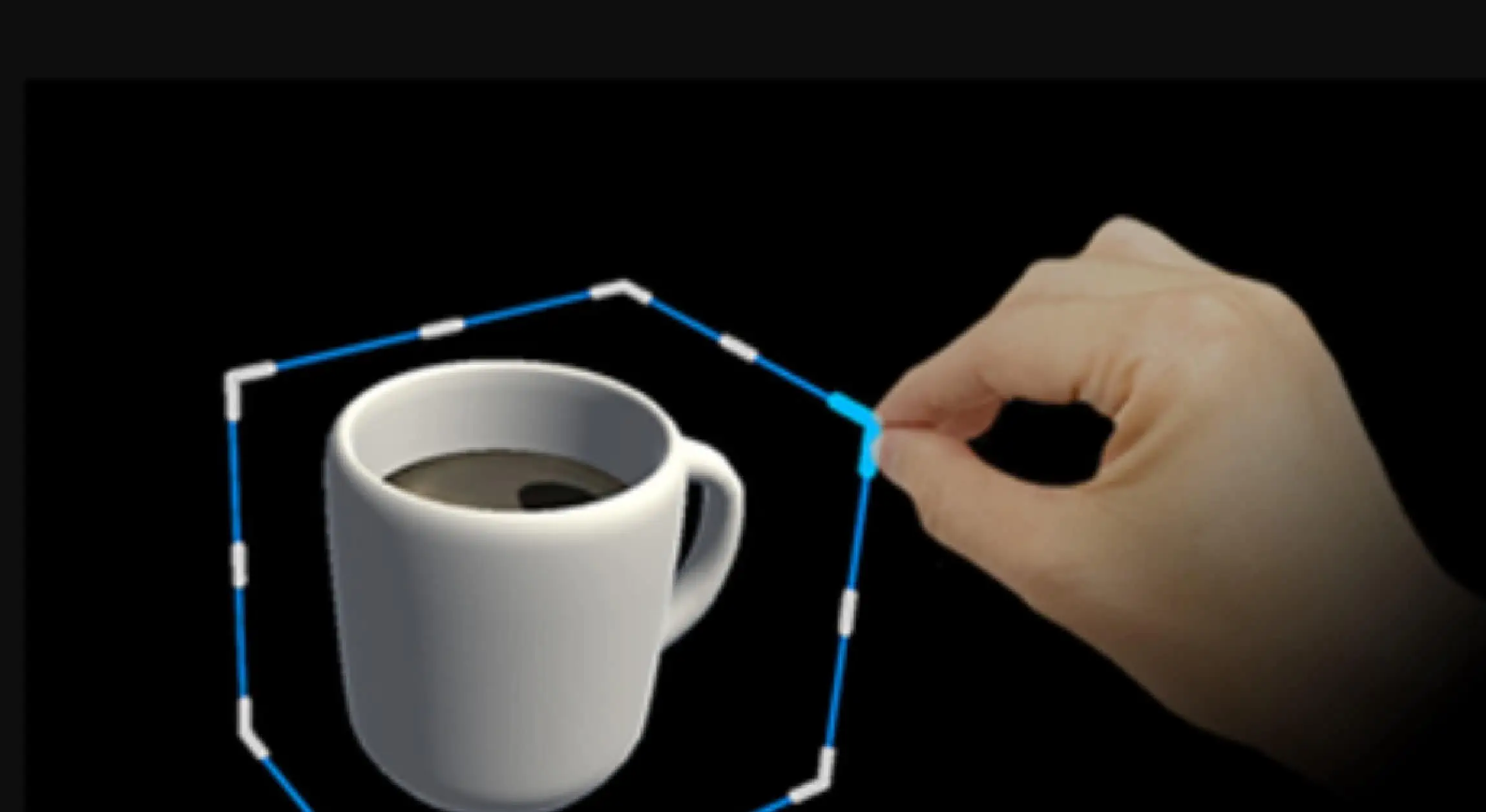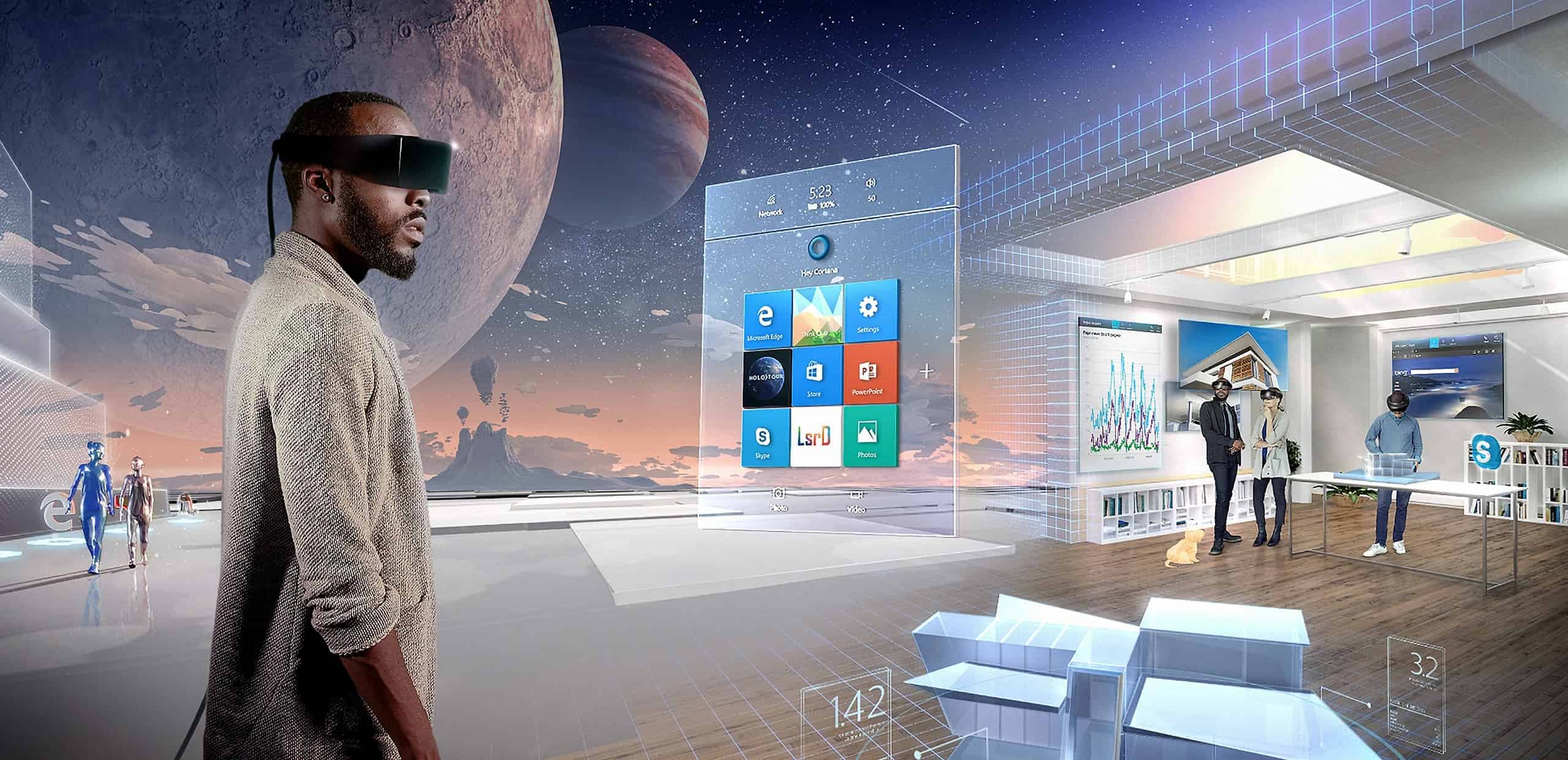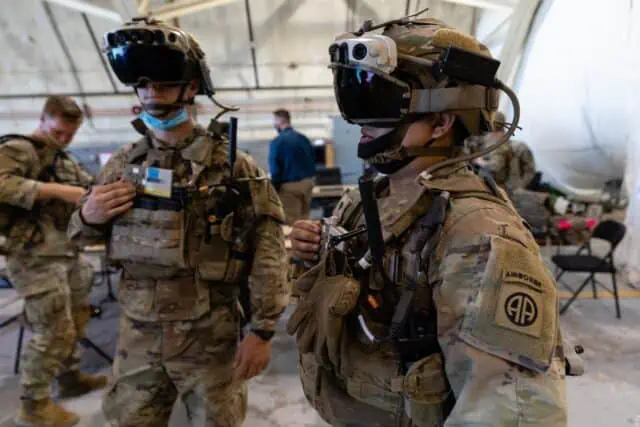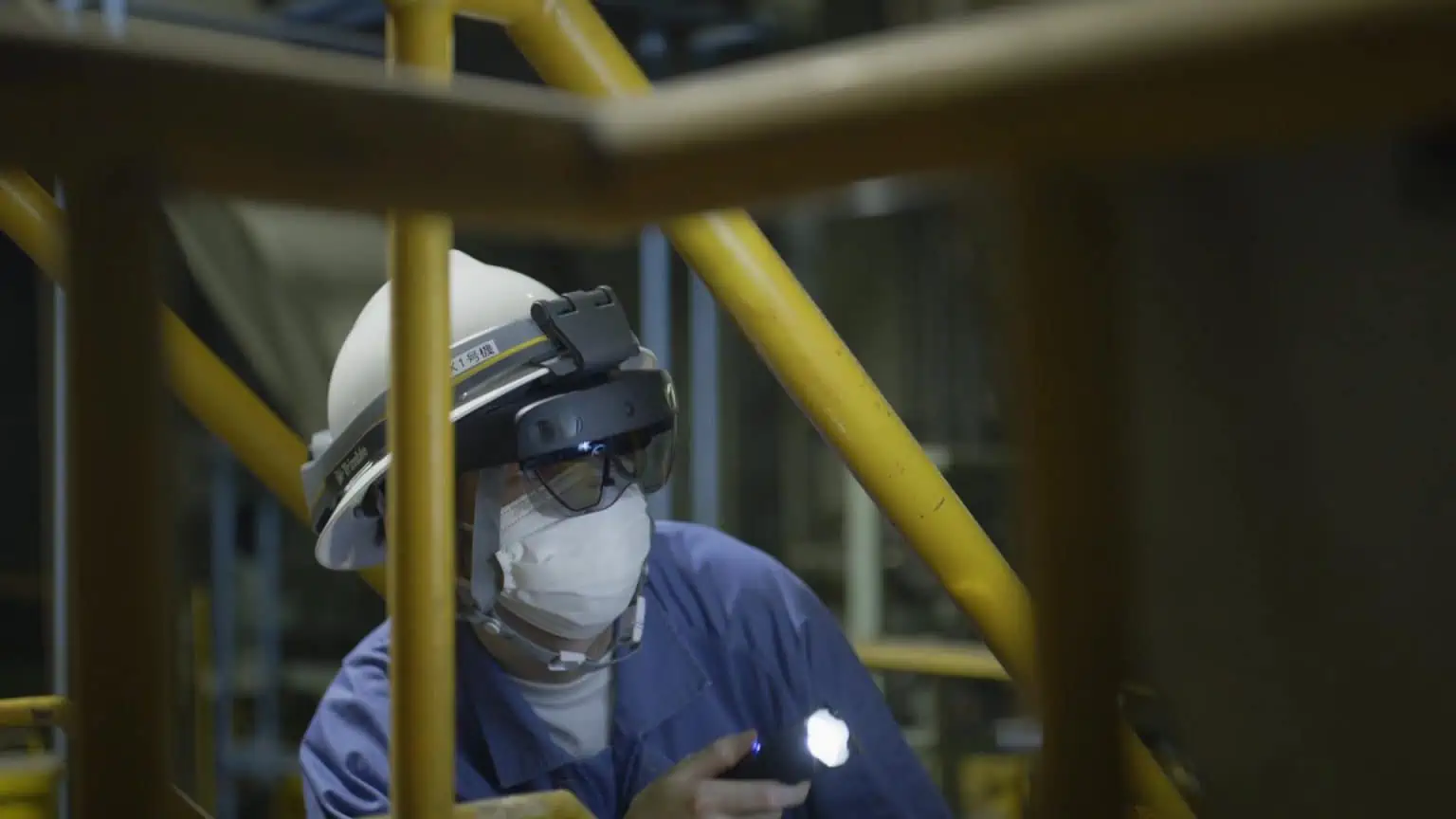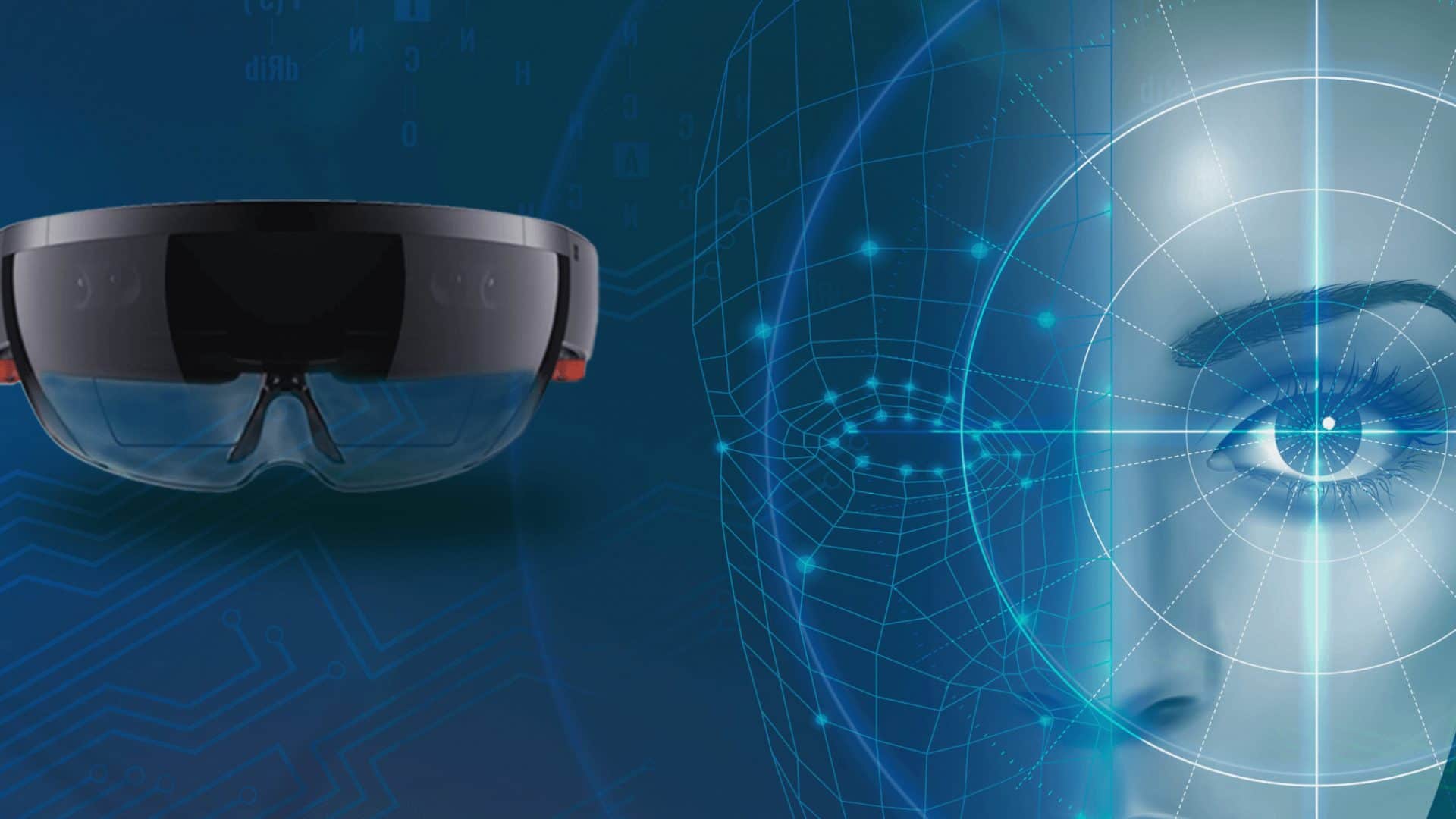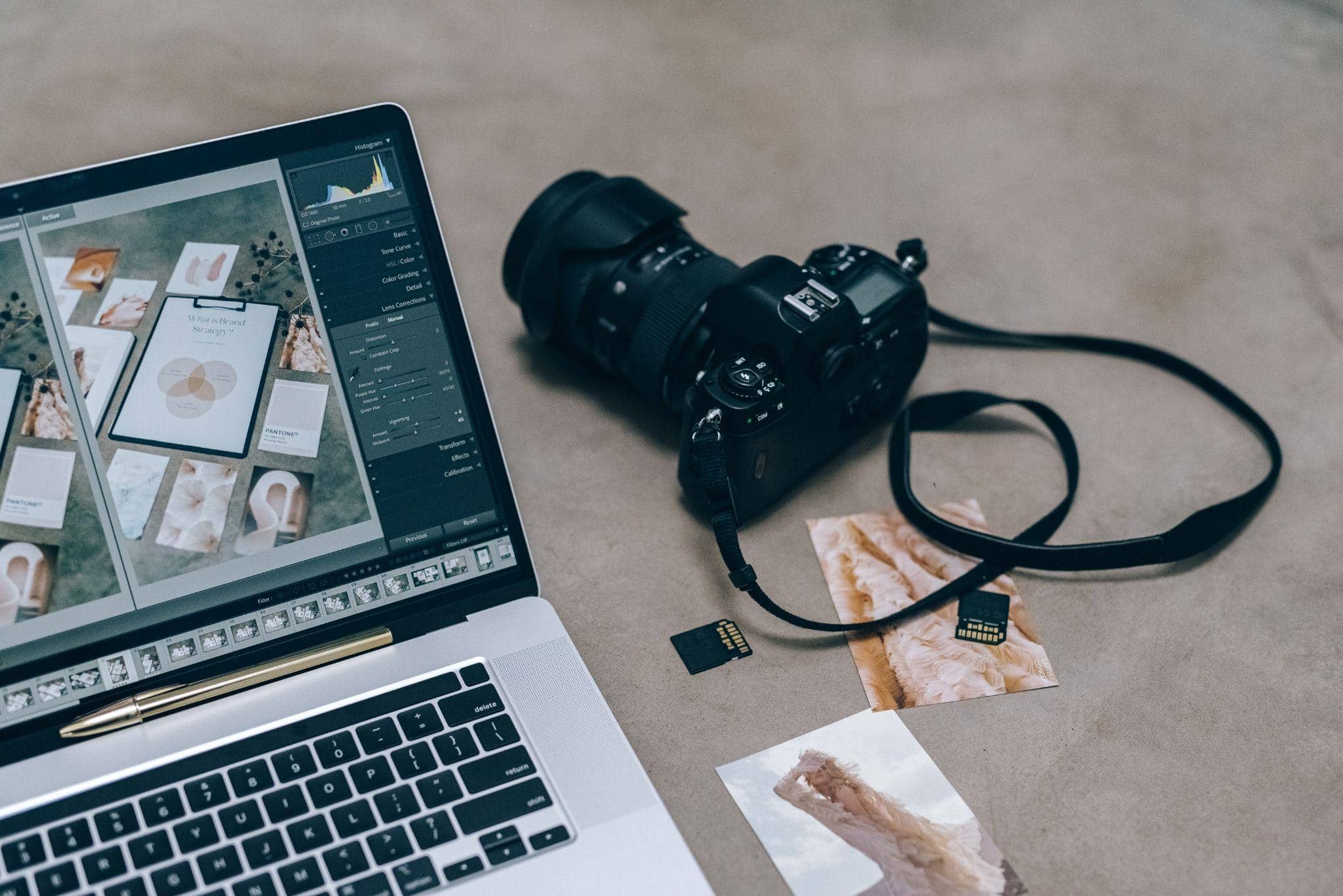The scope of Microsoft's Windows Mixed Reality efforts is actually awesome
3 min. read
Published on
Read our disclosure page to find out how can you help MSPoweruser sustain the editorial team Read more

I noticed over the last few weeks that we have been writing quite a few articles about Microsoft’s Windows Mixed Reality efforts, despite this by all accounts being quite a niche interest at present.
After some reflection, it became clear that this was driven largely by Microsoft’s effort to lay some groundwork for what in fact has become quite a dizzying edifice.
It started with Windows Holographic in 2015, which later went on to become Windows Mixed Reality, and then Paint 3D in May 2016, where finally showed up as part of the Creators Update in October 2016. Since then other elements of the push have become apparent. A major part of Fluent Design, for example, is a highlighting and targeting system (called motion light) which makes it easier to use with Windows Mixed Reality controllers.
Many Windows 10 and even Microsoft Office apps have added support for 3D and 360-degree video content. Microsoft launched Remix3D to help users share the content they created in Paint3D, and made 3D an important element of their Story Remix feature.
More recently Microsoft introduced their Windows Mixed Reality headset ecosystem, supported by hardware by a wide variety of OEMs, and also by a push with developers to provide content, including a social element with their recent purchase of AltSpace.
Stepping back, it’s clear that Microsoft intends to create a whole ecosystem of devices and services from whole cloth, with creation software in the form of Paint3D, a sharing ecosystem in the form of Remix3D, hardware with the Windows Mixed Reality headsets, software and media from various ISVs and of course the Windows Mixed Reality platform itself, which is built into Windows and which will be the major focus of the 17th October Fall Creators Update release on the same day.
Statements by Alex Kipman makes it clear that he sees Windows Mixed Reality as the future of communication and computing, and he already speaks of doing most of his computing in that environment. Seeing all the work Microsoft has put into the platform, it is clear that he is not alone in the company, and that the effort has an extremely high profile, similar to what Windows Phone had before its retrenchment.
My biggest concern that Microsoft seems to be working on the principle of “If we build it, they will come!” It is not clear to me that there is a major demand of Virtual Reality from consumers in its present form, or if this will even materialize. While Microsoft has diverted their energy to creating and nurturing the platform, the effort may be all very quixotic in the end, as consumers remain preoccupied with the phones in their hands.
Do our readers think Microsoft can create the future of computing when it comes to VR? Let us know below.



